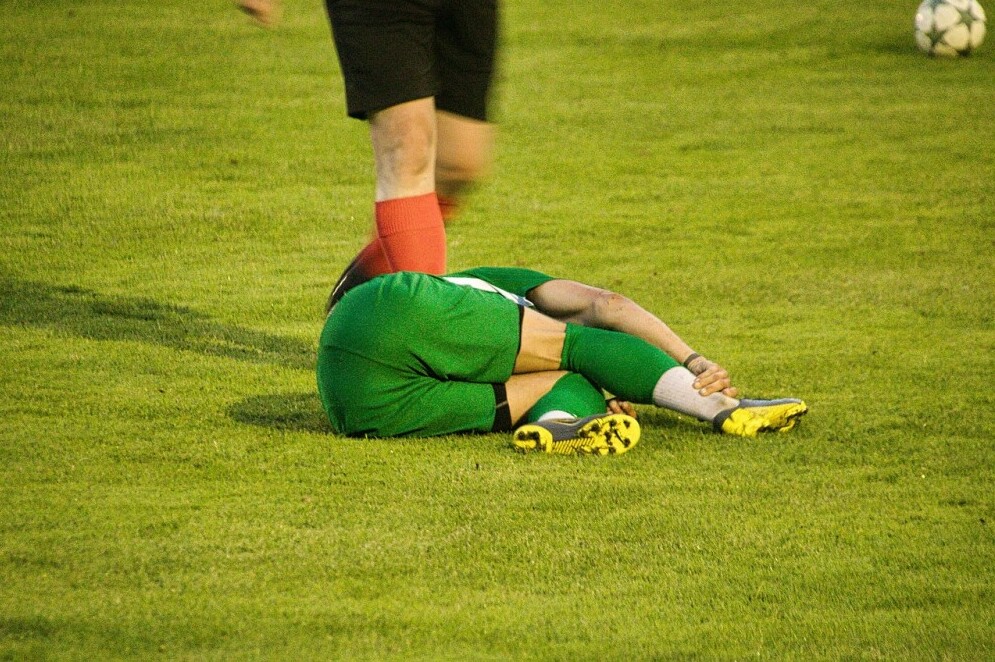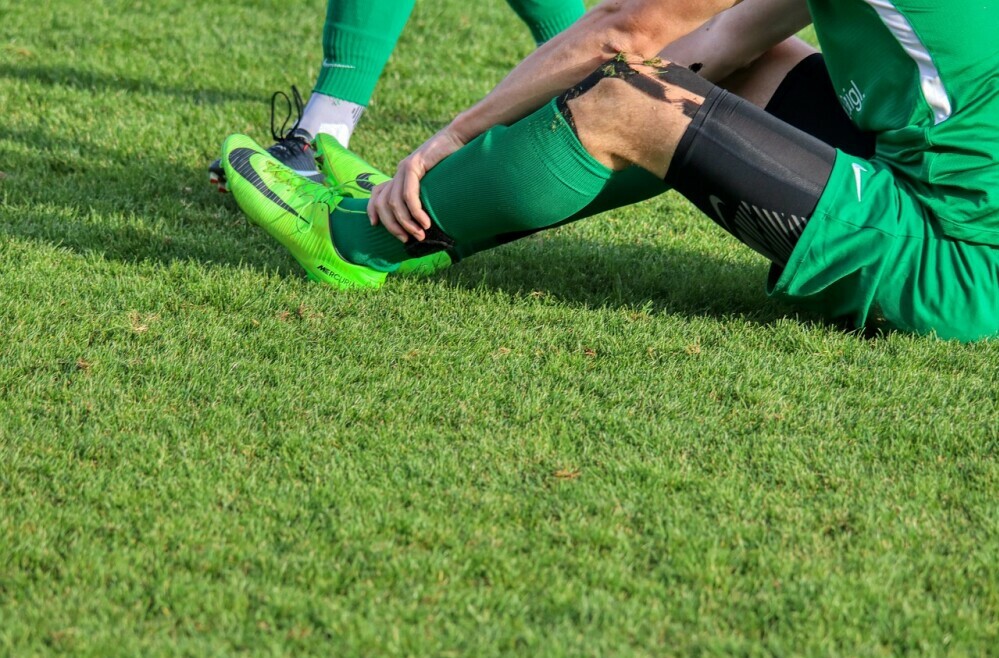 I’m going to give you a run-down of why soccer injuries are a topic we can’t ignore. Soccer, or football as it’s known in many parts of the world, isn’t just a sport; it’s a global passion that brings people together across cities, countries, and continents. With an estimated 4 billion followers, it’s easily the most popular sport on the planet.
I’m going to give you a run-down of why soccer injuries are a topic we can’t ignore. Soccer, or football as it’s known in many parts of the world, isn’t just a sport; it’s a global passion that brings people together across cities, countries, and continents. With an estimated 4 billion followers, it’s easily the most popular sport on the planet.
But with immense popularity comes a significant number of sports-related injuries. Think about it: you’re going to find out about players at every level, from local youth leagues to professional teams, who have faced some form of injury. Studies have shed light on the fact that injury rates in soccer are substantial, with sprains, strains, and tears leading the pack.
This isn’t just about twisted ankles or a sore knee; we’re also talking about serious stuff like anterior cruciate ligament (ACL) injuries and concussions, which can have long-lasting effects. These injuries are often the result of the intense physical demands of the game, such as rapid directional changes, jumps, kicks, and collisions.
With a game as dynamic as soccer, injuries might seem inevitable, but there are proven ways to safeguard against them. One major step is understanding the mechanisms of common injuries, like ankle sprains.
Sidestepping the Common Culprit and ankle sprains
If you’ve played soccer even once, you might understand why ankle injuries are as common as a striker’s thirst for goals. These injuries occur when a player’s ligament stretches beyond its capacity, often due to a quick directional change or a misstep. In soccer, where the pace is frenetic, and the movement constant, your ankles are always on the front line.
Choosing the right footwear is your first line of defense against ankle woes. I’m here to help you understand that cleats aren’t just fashion statements; they’re engineered to provide optimal support on the pitch. The grip pattern, the fit, and even the material can all play a role in preventing those unwanted twists and turns that lead to injury.
But it’s not just about the shoes. Strengthening the muscles around your ankles can also act as a shield against sprains. Sturdy ankles start with consistent conditioning, and incorporating exercises specific to the lower legs can make a world of difference. Think about exercises like calf raises, elastic band stretches, and ankle circles that build up those vital muscles and tendons.
Flexibility is often the unsung hero when we talk about injury prevention. Giving your ankles a greater range of motion means they can handle the sudden, jarring movements that are so common in the beautiful game. So, don’t skimp on the stretching before and after your games and training sessions.
As we turn our attention now to another common injury that soccer players often face, remember that your legs are your most valuable players on the field. Knee injuries, especially Anterior Cruciate Ligament (ACL) tears, can be career-altering. But fear not, as there are effective ways to safeguard your knees, which I’ll detail in the following section.
Keeping Your Knee on Side
 I’m going to walk you through what an Anterior Cruciate Ligament (ACL) injury is, and why it’s a common concern for soccer players. The ACL, a crucial ligament in your knee, can be torn during rapid changes in direction or when landing from a jump \– movements soccer players often make.
I’m going to walk you through what an Anterior Cruciate Ligament (ACL) injury is, and why it’s a common concern for soccer players. The ACL, a crucial ligament in your knee, can be torn during rapid changes in direction or when landing from a jump \– movements soccer players often make.
Unfortunately, when an ACL injury strikes, it’s not just the immediate pain that’s troublesome. This type of injury can sideline a player for months and may even necessitate surgical intervention, followed by extensive physiotherapy.
So, how can you fend off an ACL injury? Well, it turns out that neuromuscular training programs are a game-changer. They strengthen not just the muscles, but also the coordination between them, which is critical for knee stability.
Preventing ACL injuries isn’t just about what happens on the pitch. Lifestyle adjustments, such as maintaining a healthy weight to reduce stress on the knees, coupled with on-field practices like learning proper techniques for pivoting and landing, can drastically cut your injury risk.
Stay in the know about your body’s signals. If you feel persistent knee discomfort or instability, don’t shrug it off. It’s essential to address these early signs with a professional before they escalate into a full-blown injury.
Playing Safe: Preventing Soccer Injuries for the Long Haul
I’m going to wrap things up by emphasizing the importance of staying diligent in your injury prevention efforts. Remember, curtailing the risk of soccer injuries isn’t a one-and-done deal; it’s about consistent practice and making smart choices both on and off the field.
You’re going to find out that warming up properly before games and training sessions is just as crucial as your playing skills. Warm muscles are less prone to injury, so take the time to get your body game-ready with a dynamic warm-up routine.
Choose something that resonates with you when it comes to protective gear. Whether it’s shin guards, high-quality cleats, or even padded headbands, make sure your equipment is up to standard and fits well. This isn’t just about comfort, it’s also about protection.
There’s a lot of opportunity in team training sessions to focus on injury prevention. Advocating for exercises that boost overall fitness and strengthen injury-prone areas can benefit the entire squad.
I really hope that you incorporate sports science into your soccer regimen. Techniques like icing, proper rest, and nutrition play a pivotal role in your body’s ability let’s spare no detail in keeping injuries at bay.
Your first attempt doesn’t need to be your last when it comes to developing your injury prevention strategy. You can always adjust your approach down the road. Stay informed on best practices and remain open to new information that can help you play safer and stronger.
Just don’t focus too much on perfection. It’s the gradual, consistent application of these preventive measures that will truly help. Soccer is demanding, but with the right strategies in place, you can enjoy the game you love with minimal disruptions.
